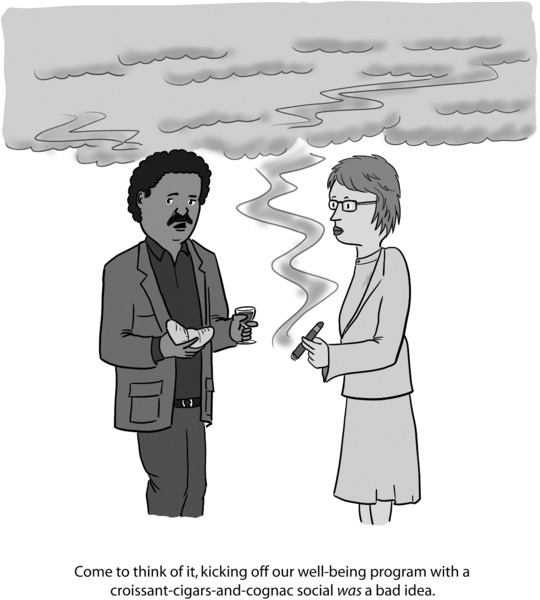Chapter 6 The Culture: Transforming Your Organization

Connecting the Dots to Organizational Culture Change
Organizational culture is hard to define, but we know culture when we see it—or more precisely—when we work in it and feel it every day. Organizational culture is a complex tapestry made up of attitudes, values, behaviors, and artifacts of the people who work for your nonprofit. Culture is an often-unwritten set of norms that influences the way everyone in your nonprofit organization perceives his or her work, behaves at work, and does his or her work.
The CultureLabX, a global community of “future of work” practitioners, defines workplace culture as:1
- Purpose: Connects daily work to the vision
- Values: Beliefs about what’s most important
- Behaviors: Actions that are guided by values
- Recognition: Applauds those who bring company values to life
- Rituals: Repeated behaviors that establish a community
- Cues: Reminders that keep people in touch with purpose
A nonprofit’s culture is the sum of the collective mind-sets and behaviors of all its employees, even the board. Nobody actually wants to engage in behavior that amplifies stress and leads to dysfunction—like working more than 60 hours per week without breaks. But if leadership is doing it, staff feels expected to follow suit, and soon everyone is doing it. Conversely, if a nonprofit’s executive director models self-care ...
Get The Happy, Healthy Nonprofit now with the O’Reilly learning platform.
O’Reilly members experience books, live events, courses curated by job role, and more from O’Reilly and nearly 200 top publishers.

